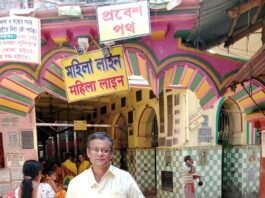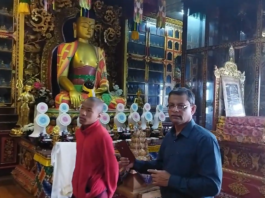Kuntighat hanging bridge: Speaks History
It had been raining for two days. The sun remained hidden under the veil of dark clouds dangling over the sky. The weather thus held back our father-son hodophile from moving out of the house.
However, it was less cloudy on the third day of the morning. So it tempted us to venture out for a bike ride to the legendary Kuntighat’s wooden hanging bridge, about 25 kilometers from my hometown, Chandannagar.
Route Direction
To reach Kuntighat, you have to drive along Delhi Road. After crossing Mogra Flyover:
1. Drive down the state highway No.6 for about a Kilometer.
2. Take turning on the right-side.
3. Get past the Kuntighat railway station to reach Kuntigha hanging bridge.
Journey Begins
We started at around 9 am. Luck smiled at us as the weather gradually improved, turning from cloudy to sunny. And so gleefully, we stopped at a roadside Punjabi eatery ‘Jai Ma Tara’ and enjoyed a hearty breakfast of Alopartaha with hot coffee before heading for our first destination, Kuntighat hanging wooden bridge.
Saikat’ my son’ was in the driver’s seat, and I was in the pillion. By 10 am we reached the wooden hanging bridge.
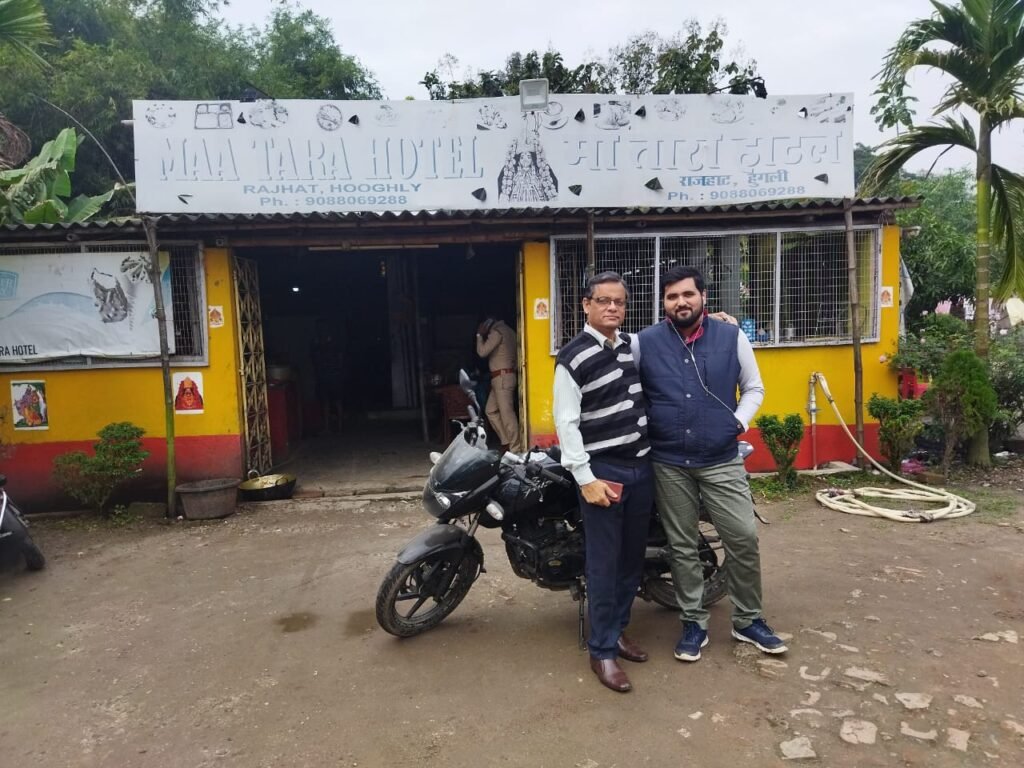
Description Of Bridge
A bridge of the British era, it is about three hundred years old. The hanging bridge offers a feeling of antiquity to Kuntighat town. I was surprised to realize the intricacy of designing the wooden bridge that has sustained the travails of the time. The bridge is supported by suspension from its top but without a single supporting pillar underneath. What astonished me was that the bridge lives on a single-layered wooden platform (wooden baseplate) over which the traffic moves.

I won’t say it is a massive or a robust bridge-like Howrah bridge. But this is a ‘technological marvel of the days when modern engineering gadgets were yet to see the light of the day.
The bridge is permissible for light-moving vehicles like two-wheelers, toto, autos, vans, etc. Heavier ones, there is a separate bridge nearby. According to safety parameters, the bridge can sustain the vehicular load of 16 ‘Mon.’ One Mon is equivalent to 40 Kg. Both ends of the bridge carry a notification to this effect. You also experience the vibration of the bridge as and when the vehicle passes.
Video shooting of Kuntighat hanging bridge by unveil.press
Under the bridge flows the Kunti river. You cannot take your eyes off once you look at the ‘Kunti river from the bridge. The picturesque river flows in a rhythm in harmony with nature. It was fascinating to see the boatman rowed back the water, causing ripples to spread out to break. The ambiance dipped into a soothing charm. In all, you lose yourself to nature, forgetting the stress and strain of the daily chores.

Legends & History Of Bridge
But I was consumed by curiosity about the history of this legendary bridge.
Strolling along the bridge, I came across Siddhartha Mali. Mali is an employee of the local Birla Cotton mill. Mali said, “There is nothing adulterated to whatever made during the British rule. And this bridge is a testimony to that—the replacement made to a few wooden planks. The rest parts are as they were in the original. About a decade ago, the local Zilla Parishad had painted iron angles at both ends”. Mali has been living at Kuntighat for more than the past three decades.
Mrityunjay Kolay and Tapan Kumar Barik run a shop near the bridge. They have been living in Kuntighat for generations.
“Under the supervision of an Indian Engineer Tapan Lal Banerjee, the hanging wooden bridge was built during the early British era. Banerjee belonged to a village named Gorap in the Hooghly district”, said Barik.
A Bengali book, “Hoogly Sohorer Itihash,” available in our library, has all the bridge details,” added Barik.
The Chandrahati Gram Panchyat-I of Kuntighat houses the library. But when I went there, the library was closed on that day. However, Gram Panchyat staff Tanushree Khara referred me to Gopinath Mondal, retired principal of local Bishpara Higher Secondary Government school (in Nayasarai Khana, Chandrahati-I).
Interaction with the Principal (retired) Of Govt. School & Mukul Adhikari about facts & figures & history of the bridge
Gopinath Mondal and Mukul Adhikari are locally well known for their expositions on the history of Kuntighat and Triveni. Mondal said at first, Nawab Siraj-Ud-Daulah built a bridge over the Kunti river. But a devastating flood in the Kunti river demolished the bridge. So later, the British built the present hanging wooden bridge.
“This place got the name Naya Saraikhana when Nawab Siraj-Ud-Daulah ruled Bengal. There was a mosque near the bridge where the Nawab used to come to offer Namaj, riding on horseback. For the Nawab, a Saraikhana (inn) was then built here for his halt. The wooden bridge was the only means of road transportation between Murshidabad and Kolkata. Rail transport had yet to come up then. In fact, till 1962, it was the lone wooden bridge that connected Kolkata with Murshidabad. After 1962 the government built the concrete bridge,” said Mondal.
Mukul Adhikari said in those days, the technology used a mixture of brick-dust with lime in water (in Bengali Choon-surkhi) as an adhesive instead of cement, for laying the foundation structure of the bridges or buildings. It provided additional strength to the foundation. Nevertheless, the bridge built by Nawab Siraj-Ud-Daulah could not withstand the devastating floods and collapse. After that, Robert Clive, who led the East India Company, made the present hanging wooden bridge.
From the Kuntighat bridge, one could view the two submerged mounds as the remnants of the bridge built by Nawab Siraj-Ud-Daulah.

The road connecting the two ends of the wooden bridge is called Jaganath Tarka Panchanan road. Jaganath Tarka Panchanan was a learned Sanskrit scholar in the Nawab Siraj-Ud-Daulah’s/British regime. The royal families of those days revered him for his vast knowledge of anthropology, literature, philosophy, and sharp memory.
Mondal narrated an interesting incident related to Jaganath Tarka.
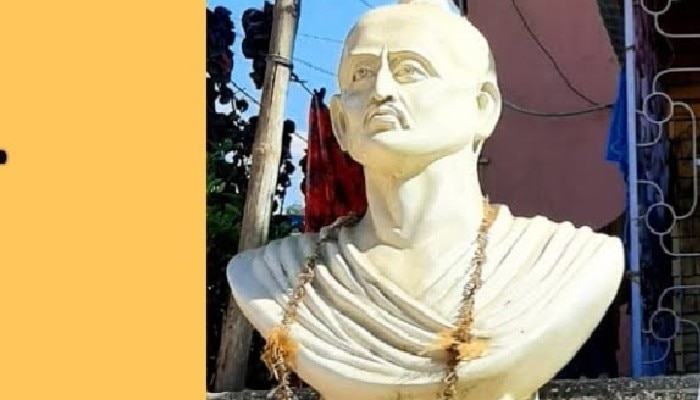
Said Mondal, “Once there was a big quarrel between two British officials. Jaganath was a learned man, but he did not know English. The matter reached the court. Jaganath was a witness to it. He told the judge that he did not know English, but he had heard all their talks and narrated it before the judge from his memory. He became famous after this incident.
Umacharan Bhattacharya, in 1880 wrote a book on the biography of Jagannath Tarka Panchanan. The book had references to many such instances.
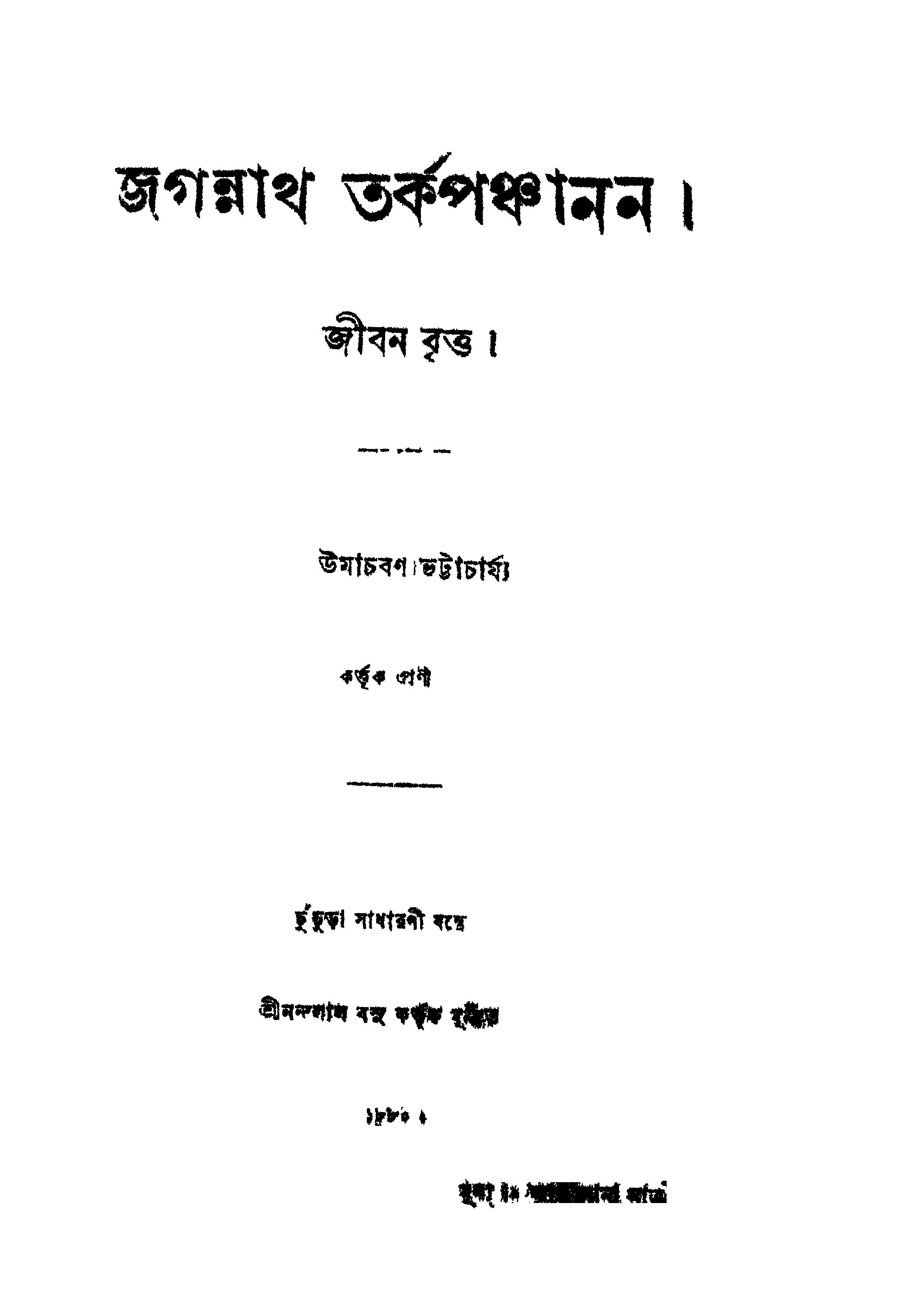
Conclusion:
If you love nature, if you love to get away from the drudgery for a bit, or if you love to know the historical link of a place, then try Kuntighat Hanging Bridge for once. I am really moved. It’s a lovely place with a lovely bridge. Local people here cooperate to make your visit memorable.
From Kuntighat Hanging Bridge, we proceeded to Triveni-based 1298-built Zafar Khan Gazi Mosque and Kali Bari. Well, that’s the story for some other day.


